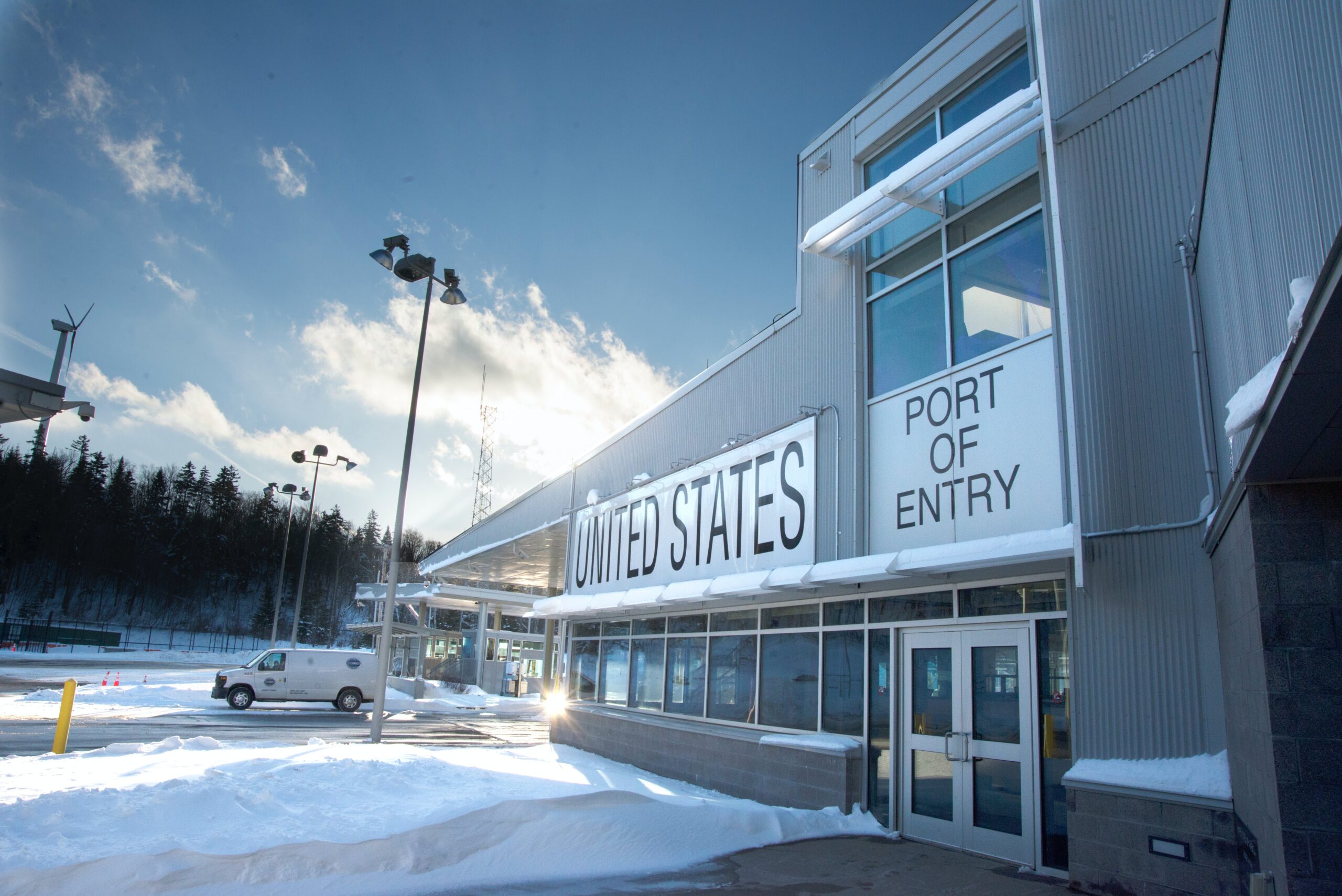
Our interconnected world has been impacted significantly by pandemics, political unrest and economic crises. From the 2020 pandemic to the recession of the last few years, there are certain patterns and policy shifts you need to know about that may impact getting your US visa.
Let’s begin with the pandemic
The COVID-19 pandemic dramatically altered the landscape of how people move between countries. Borders closed, and immigration processes halted or slowed down significantly.
For example, during the peak of the pandemic, the U.S. implemented strict travel bans and suspended routine visa services, which drastically reduced the number of immigrants entering the country. According to a report by the Migration Policy Institute (MPI), the distribution of green cards fell by 92% in April 2020 compared to January 2020. This sudden stop in immigration had a ripple effect, impacting the U.S. labor market, the economy, and the lives of millions of people anxiously waiting to migrate or reunite with their families.
However, the pandemic also meant that the government had to become more flexible. The U.S. Citizenship and Immigration Services (USCIS) expanded its online services and introduced more flexibility in visa regulations for healthcare workers, acknowledging their critical role during the crisis. Additionally, there’s been a growing recognition of the contributions of immigrant workers in essential sectors, which could influence future immigration policies to be more inclusive and responsive to the needs of the labor market, as shown in Center for Migration Studies New York’s report that immigrants now make up 31% of the state’s essential business workforce.
From the pandemic to political unrest
Conflicts in different parts of the world also have a direct impact on U.S. immigration, especially when it comes to asylum seekers and refugees. The U.S. has historically been a destination for those fleeing persecution and conflict.
The number of refugees admitted to the U.S. fluctuates based on the administration’s policies. For instance, the annual refugee admission cap was drastically reduced under the Trump administration but has been raised under the Biden administration.
It’s important to note that the steps to becoming an asylum seeker in the US are not simple. According to the Refugee Council USA, those seeking asylum must prove they have a credible fear of returning to their own country and go through strict security vetting before they can even be considered for approval.
Economic crises and immigration patterns
During economic crises, countries often tighten their immigration policies, reflecting concerns about job availability and public resources. In the Great Recession of 2008, there was a notable decrease in immigration to the U.S., as analyzed by the Pew Research Center. This was due to both the tightening of immigration policies and a perceived decline in the attractiveness of the U.S. as a destination amid economic turmoil.
On the other side, economic recovery and growth can lead to increased immigration, driven by demand for labor and improved opportunities. Looking at the U.S. post-recession supports this, with gradual increases in legal immigration numbers as the economy recovered. The role of immigrants in driving economic growth and innovation is well-documented, with many immigrants starting businesses and contributing to various sectors of the economy.
What does the future of immigration to the US look like?
Policymakers usually have to face the challenge of balancing national security and economic interests with humanitarian responsibilities. That’s why when we look to the future, we’ll likely see more shifts as the world navigates new global challenges, including climate change and ongoing geopolitical tensions.
Understanding these impacts is essential for developing effective and humane immigration policies that reflect the realities of our interconnected world. As history has shown, the U.S.’s approach to immigration in the face of global events will continue to shape the nation’s demographic landscape and its role on the global stage.
